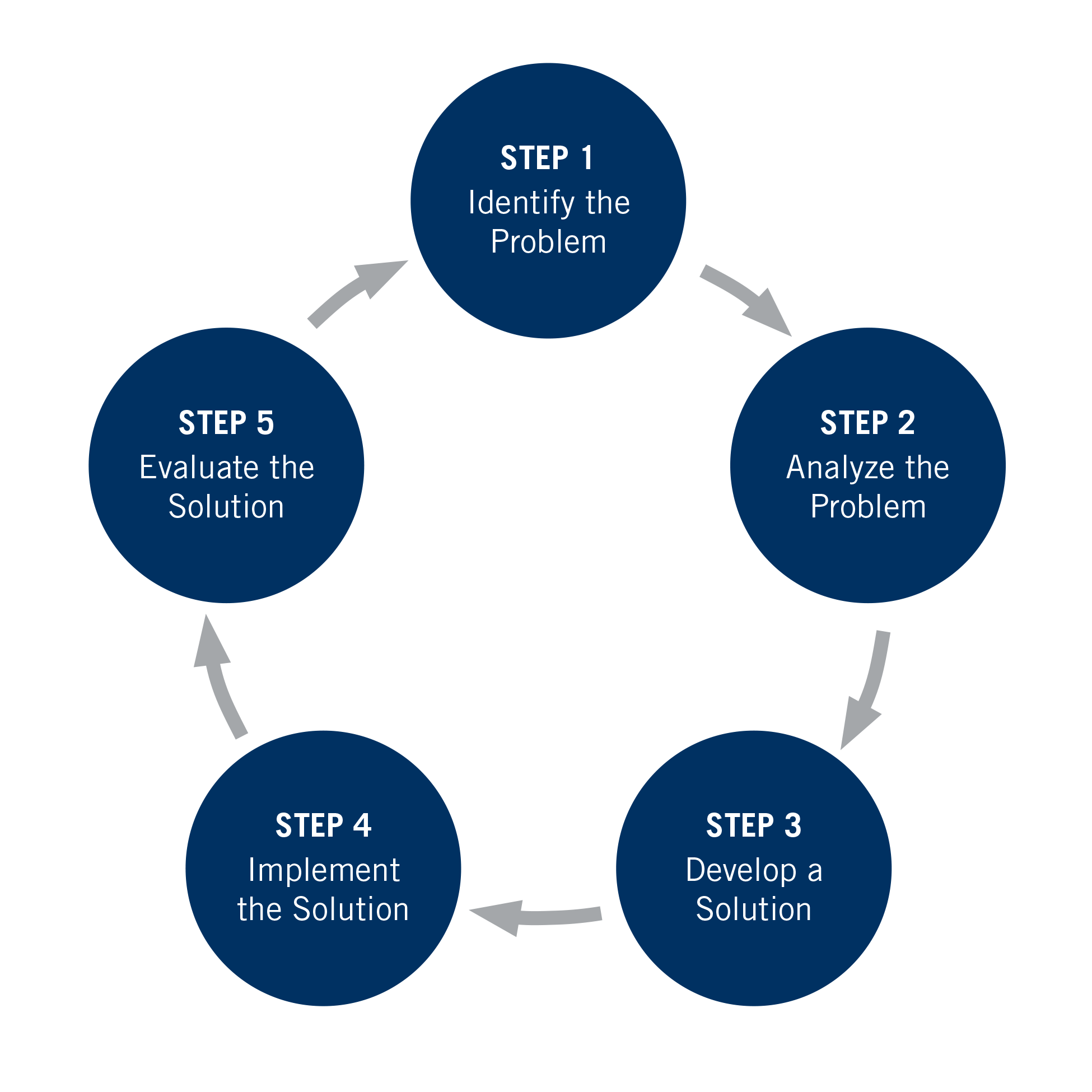Define Problem Solving
From the following list, choose and complete one or more activities that best apply to your situation.
 Activity 1
Activity 1
Using a copy of the puzzle provided in the “Lesson Resources” section, resource 2, follow the guidelines to complete the puzzle. After a few minutes, share any frustrations you may have felt while trying to complete the puzzle. If you were able to solve the puzzle, share how you did so. If no one has reached a solution, the facilitator will share the solution that is provided in the “Solutions” section.
- Which of the skills needed to solve the puzzle are also useful at work?
 Activity 2
Activity 2
Think about your definition of problem solving. As a group, create a list of skills that are needed for effective problem solving. Make a list of the skills on the board. Discuss how to develop these skills and why it is important to gain problem-solving skills.


